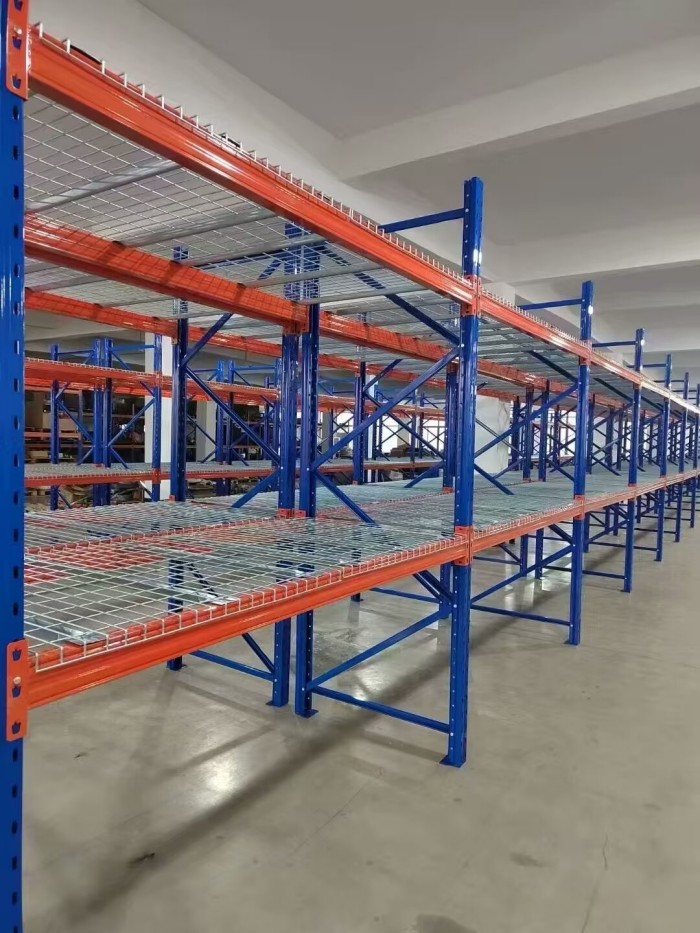
Exterior building surfaces play a crucial role in the overall functionality and aesthetics of a structure. They serve as the first line of defense against external elements, while also contributing to the visual appeal of the building. In this blog post, we will delve into the intricacies of exterior building surfaces, exploring their purpose, materials, and design considerations.
- Understanding the Purpose of Exterior Building Surfaces:
Exterior building surfaces serve multiple purposes, including protection, insulation, and enhancing the building's appearance. They shield the structure from weather conditions, such as rain, wind, and UV radiation, preventing damage and ensuring longevity. Additionally, they provide thermal insulation, reducing energy consumption and maintaining a comfortable indoor environment. Furthermore, exterior surfaces contribute to the architectural style and character of the building, creating a visually pleasing and harmonious exterior. - Materials Used in Exterior Building Surfaces:
A wide range of materials can be used for exterior building surfaces, each with its own unique properties and advantages. Common materials include brick, stone, concrete, metal, wood, and composite materials. The choice of material depends on factors such as durability, maintenance requirements, cost, and architectural design. For example, brick and stone offer a timeless and elegant appearance, while metal and composite materials provide versatility and durability. - Design Considerations for Exterior Building Surfaces:
Designing exterior building surfaces requires careful consideration of various factors to ensure both functionality and aesthetics. These considerations include:
- Weather Resistance: The surface should be able to withstand harsh weather conditions, such as heavy rain, extreme temperatures, and high winds.
- Moisture Management: Proper moisture management is crucial to prevent water infiltration, which can lead to structural damage and mold growth. Techniques such as waterproofing and proper drainage systems should be incorporated.
- Energy Efficiency: The surface should contribute to the building's energy efficiency by providing insulation and reducing heat transfer.
- Visual Appeal: The design of the exterior surface should align with the architectural style and purpose of the building, creating a visually pleasing and cohesive appearance.
Conclusion:
Exterior building surfaces are not merely a protective layer but an integral part of a building's functionality and aesthetics. By understanding their purpose, materials, and design considerations, architects and designers can create buildings that are not only durable and efficient but also visually striking. The careful selection and design of exterior building surfaces contribute to the overall success and longevity of a structure.





